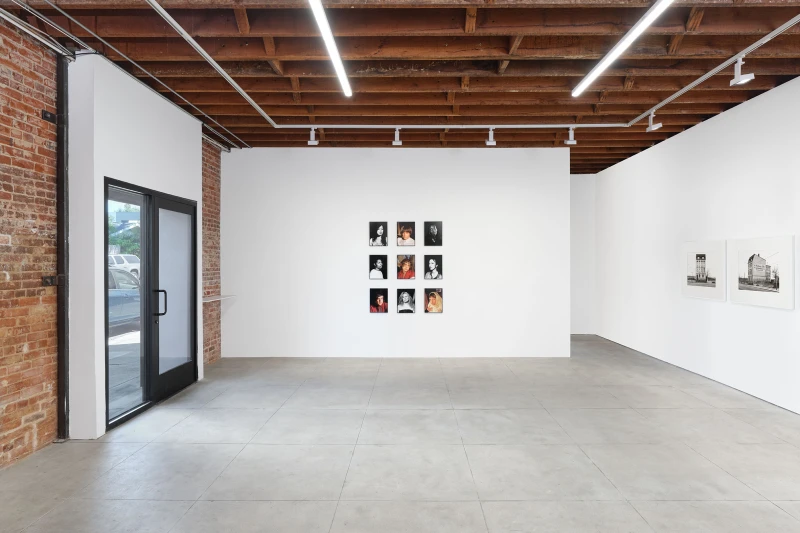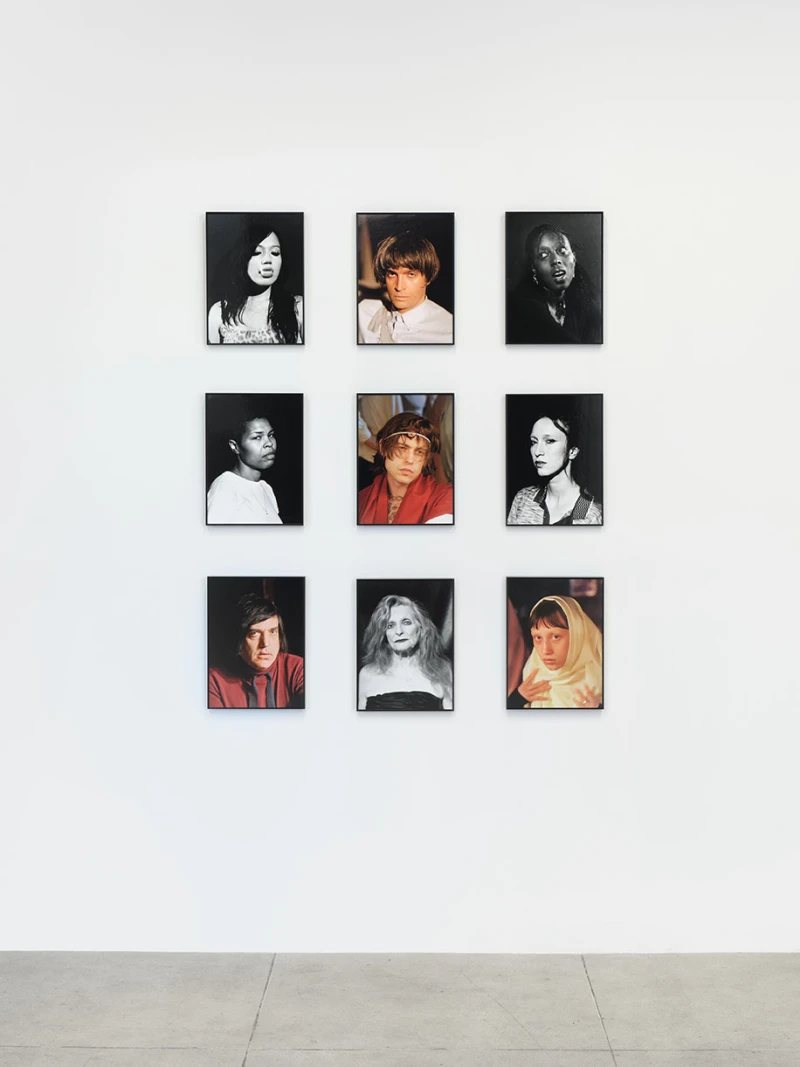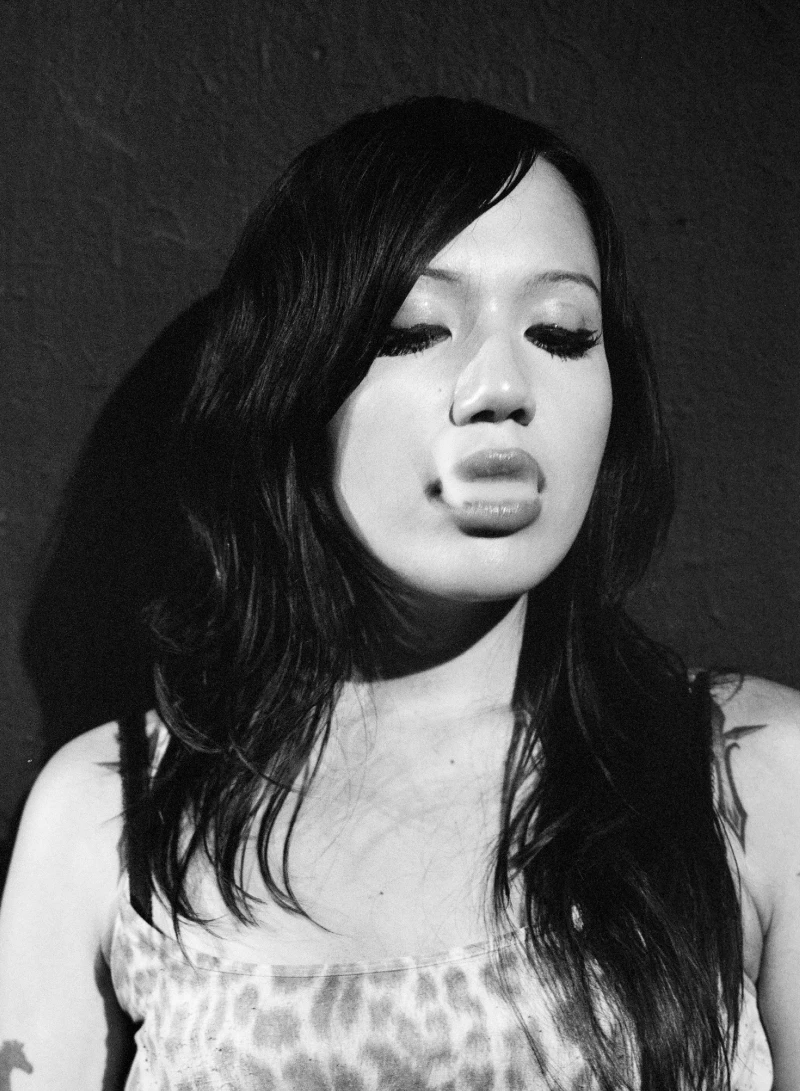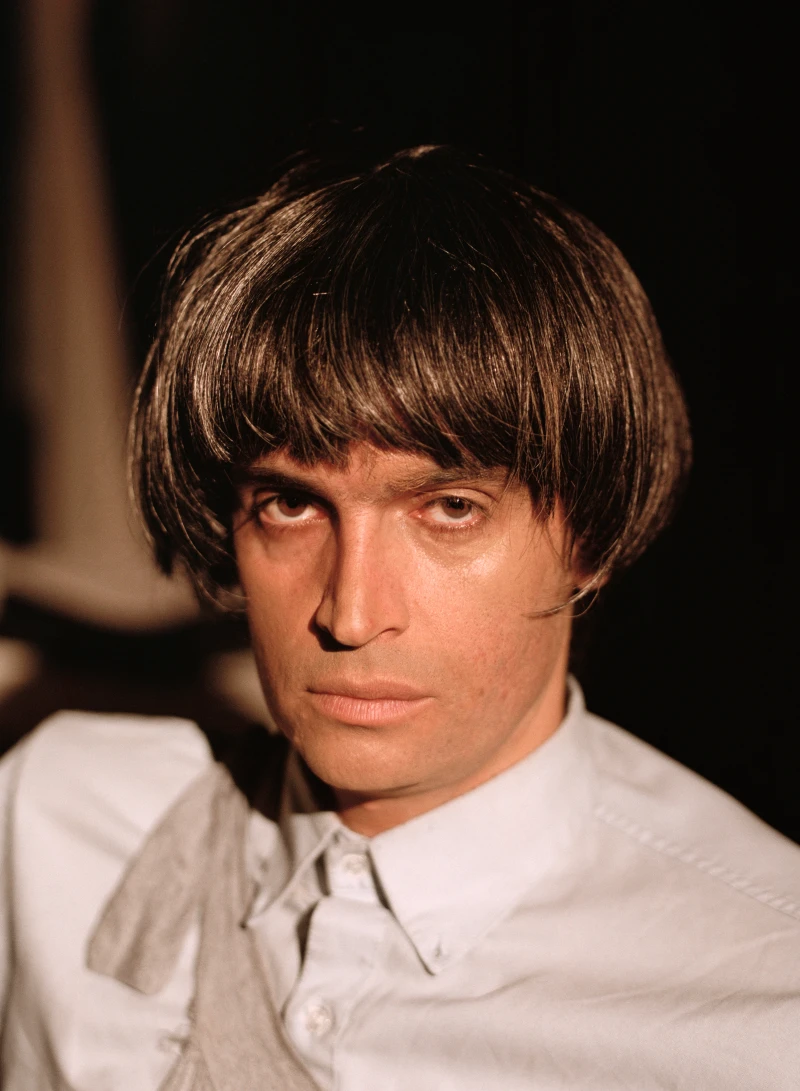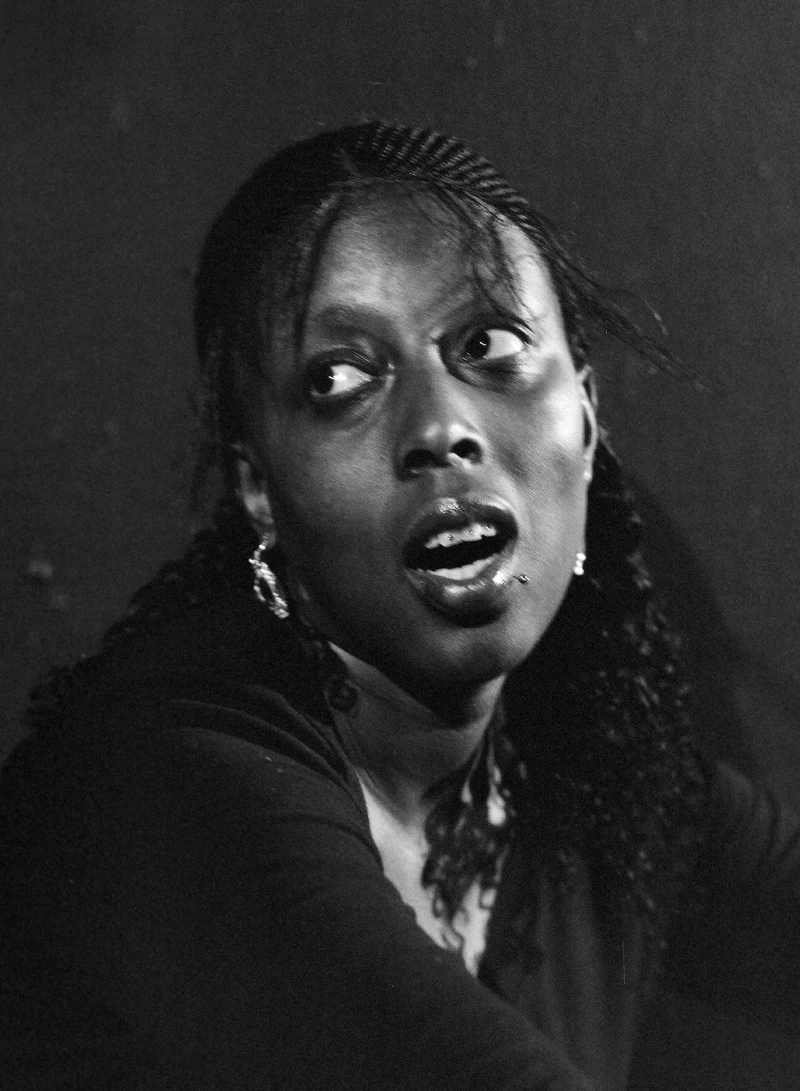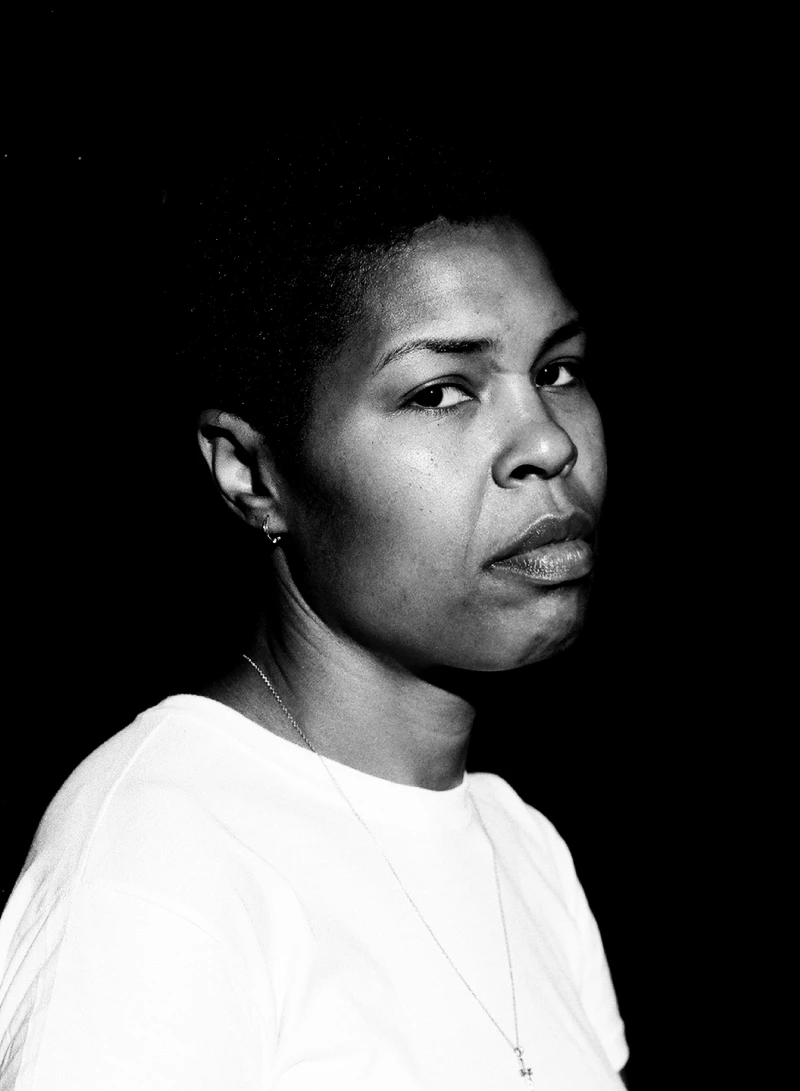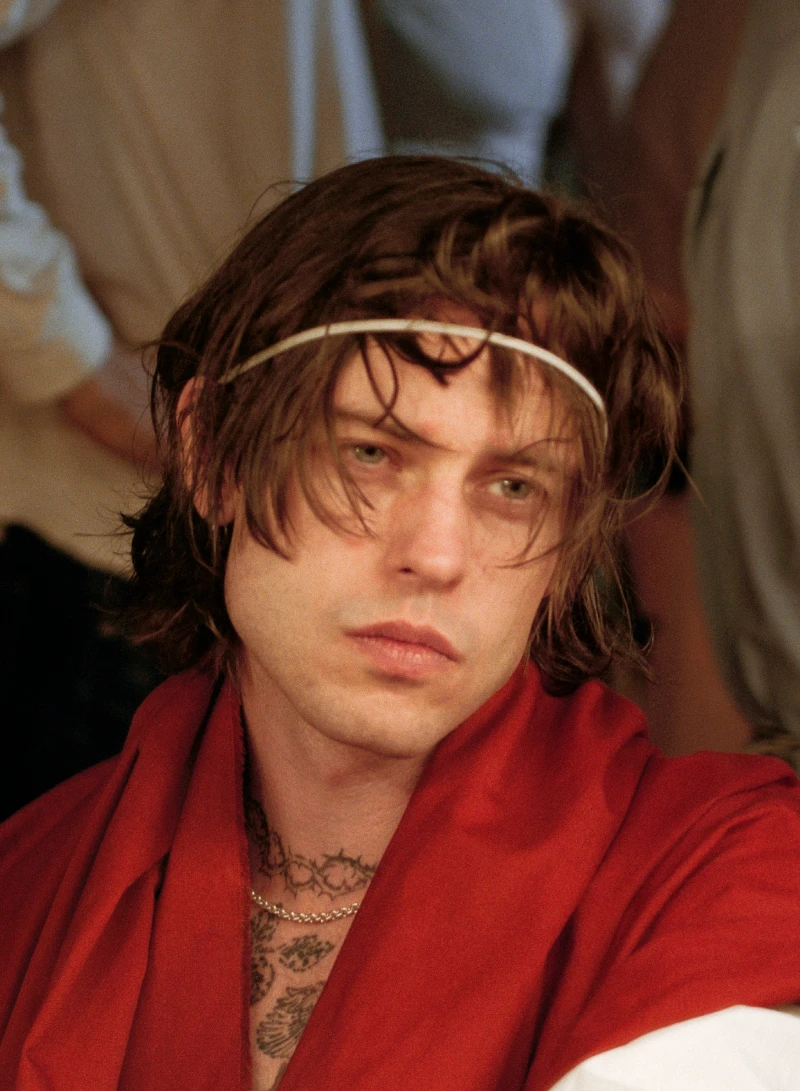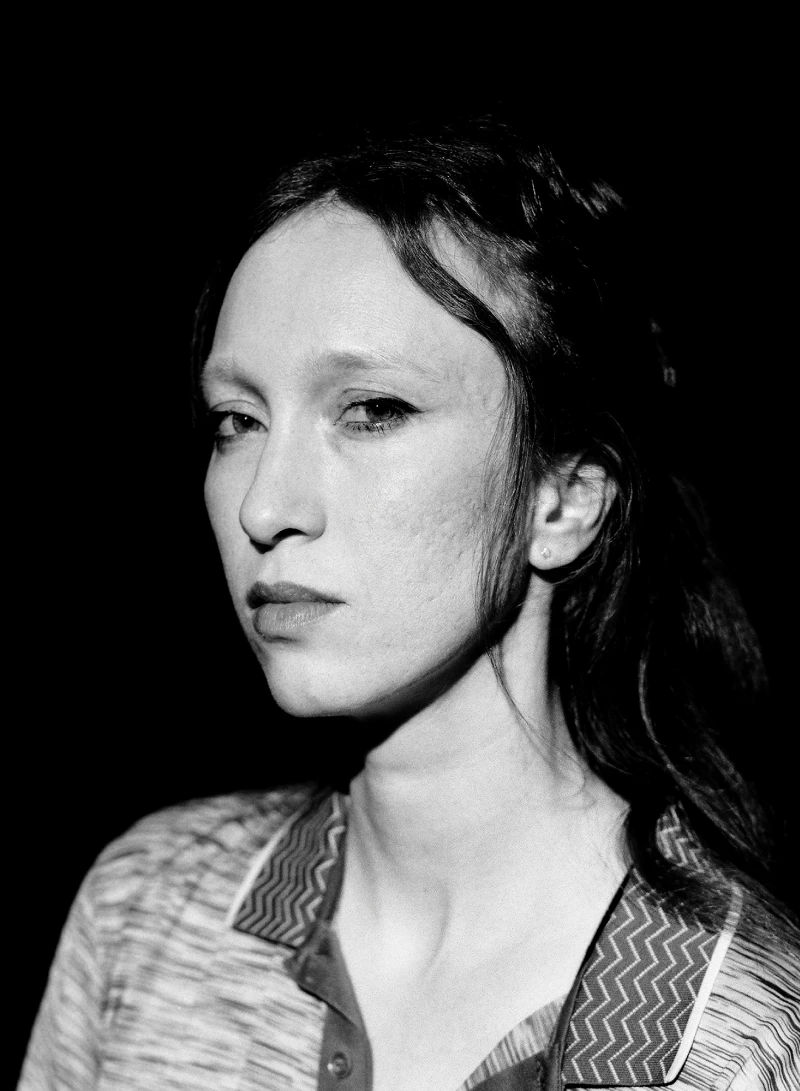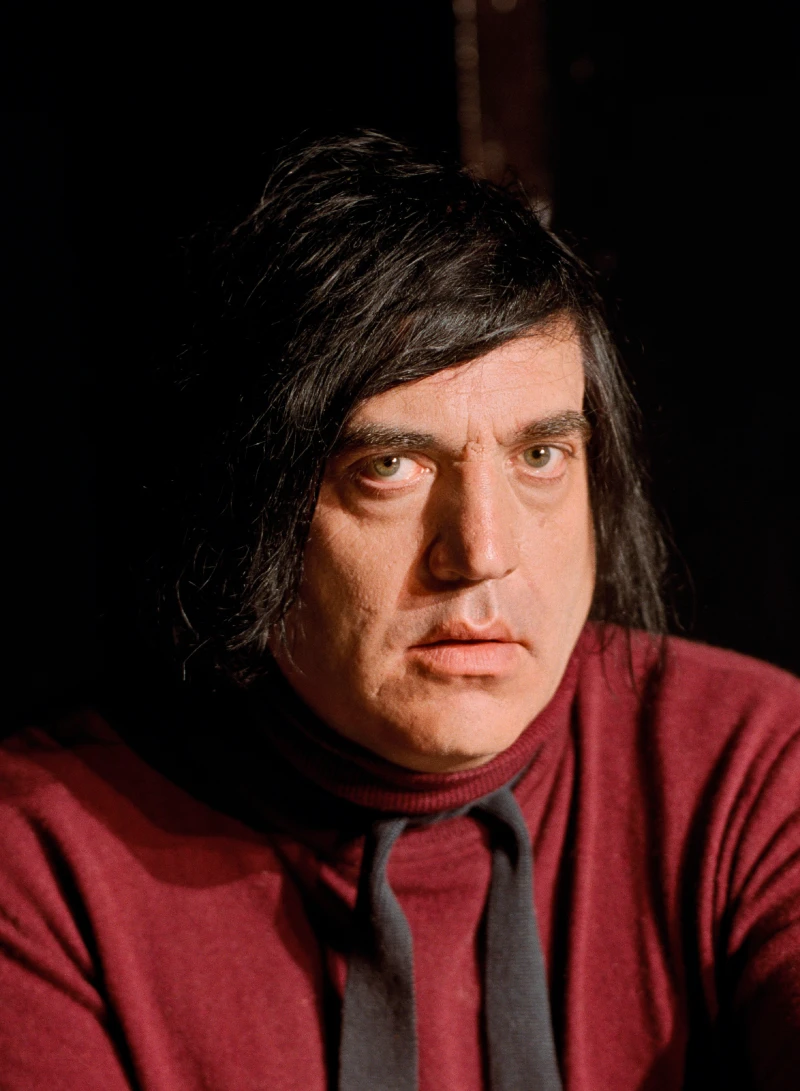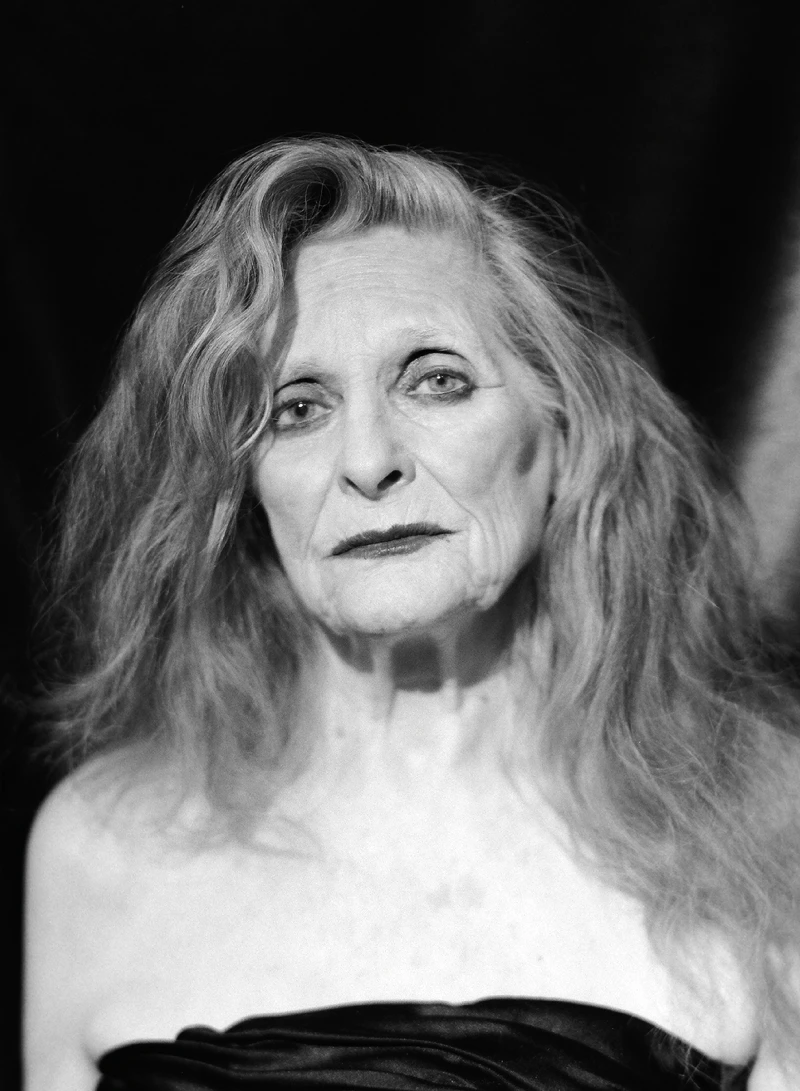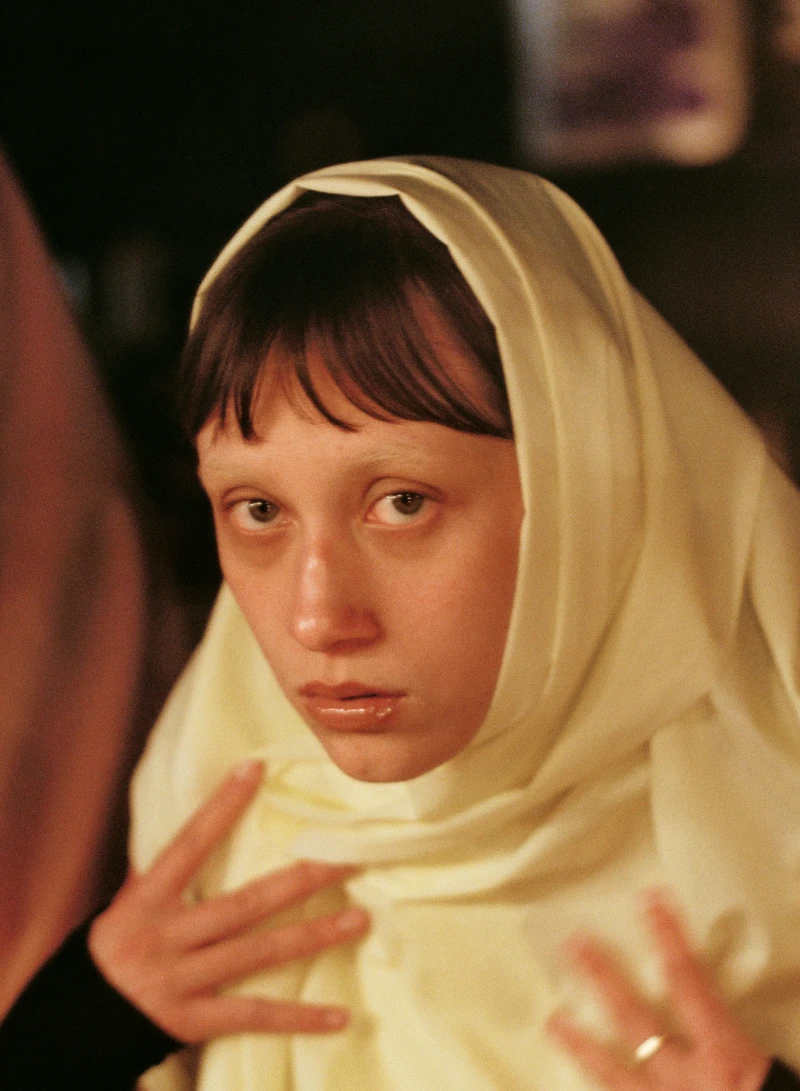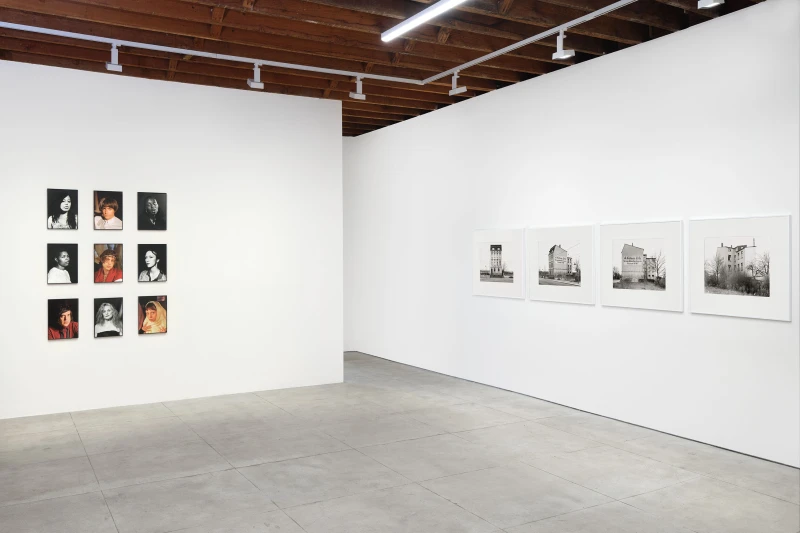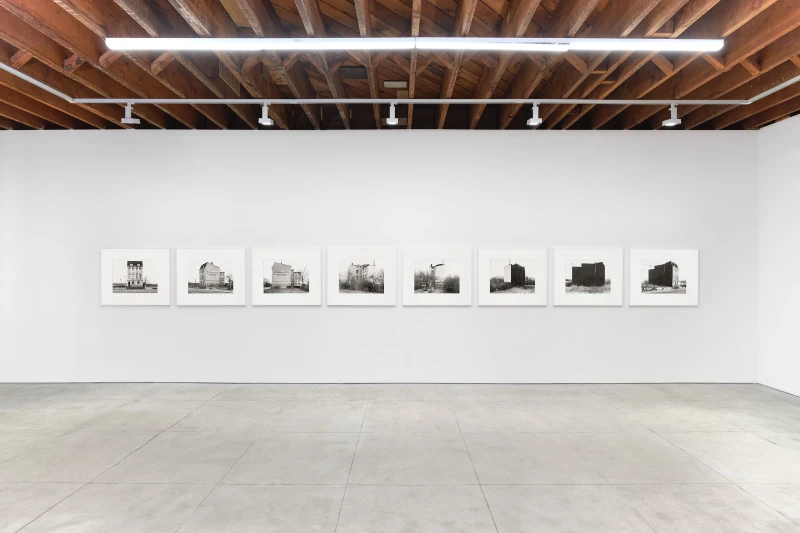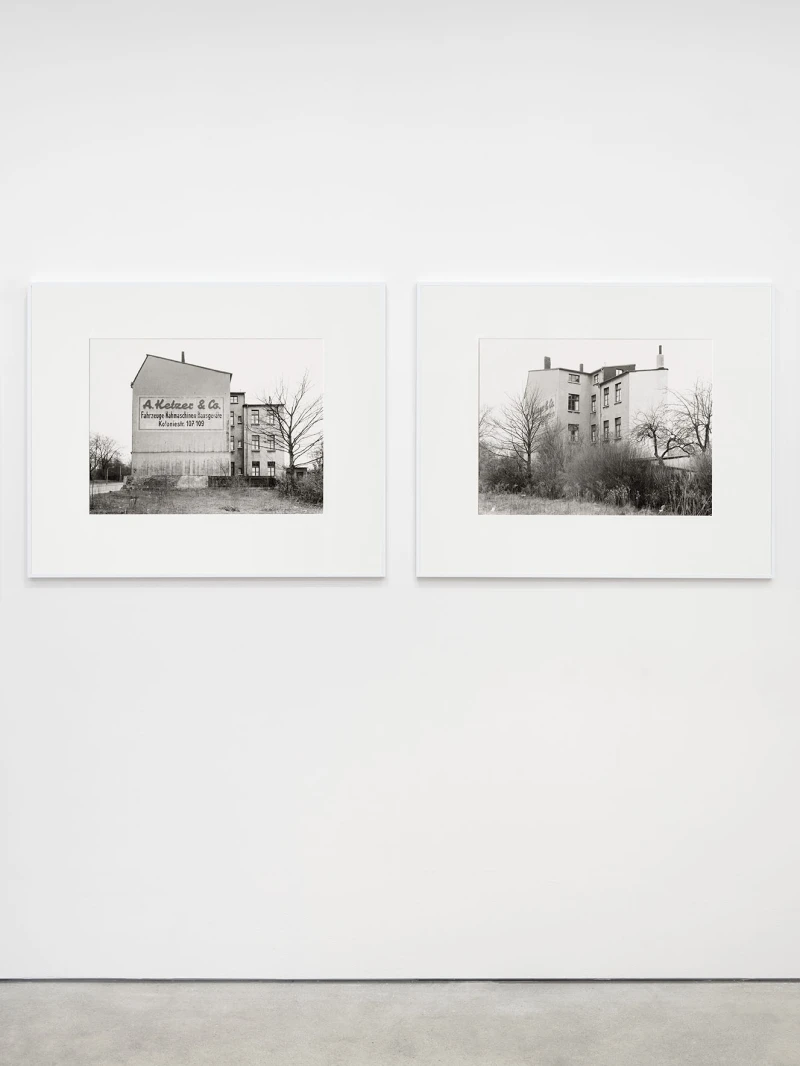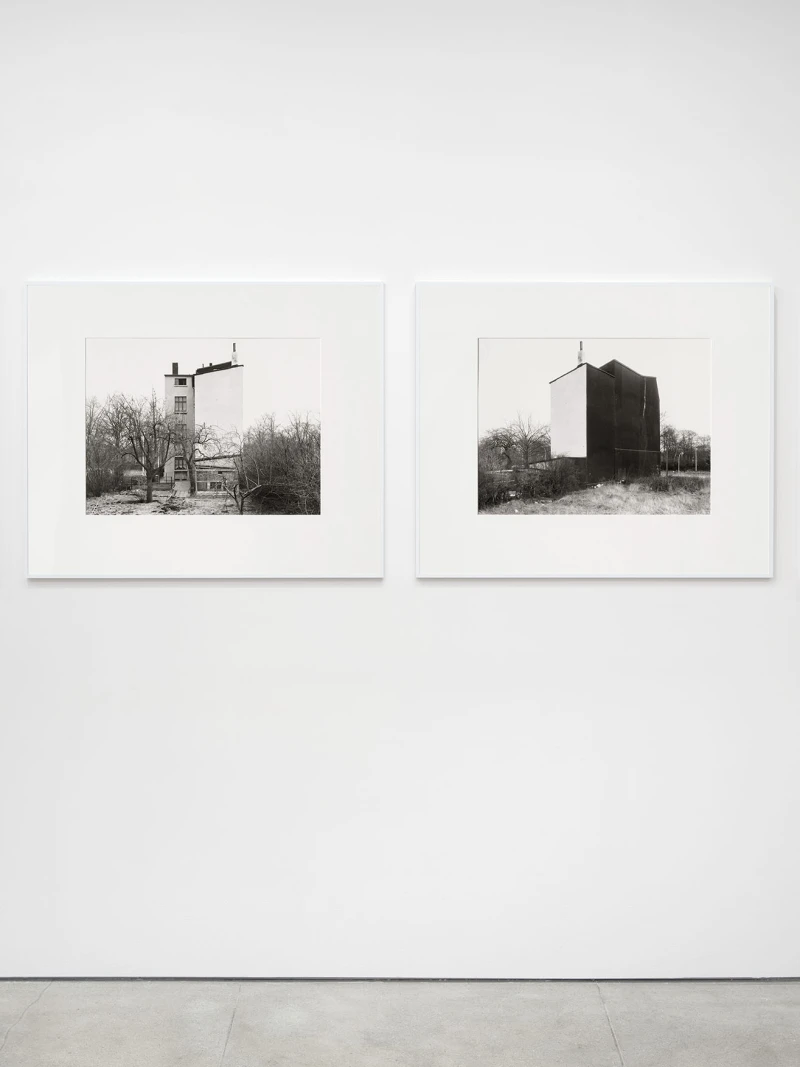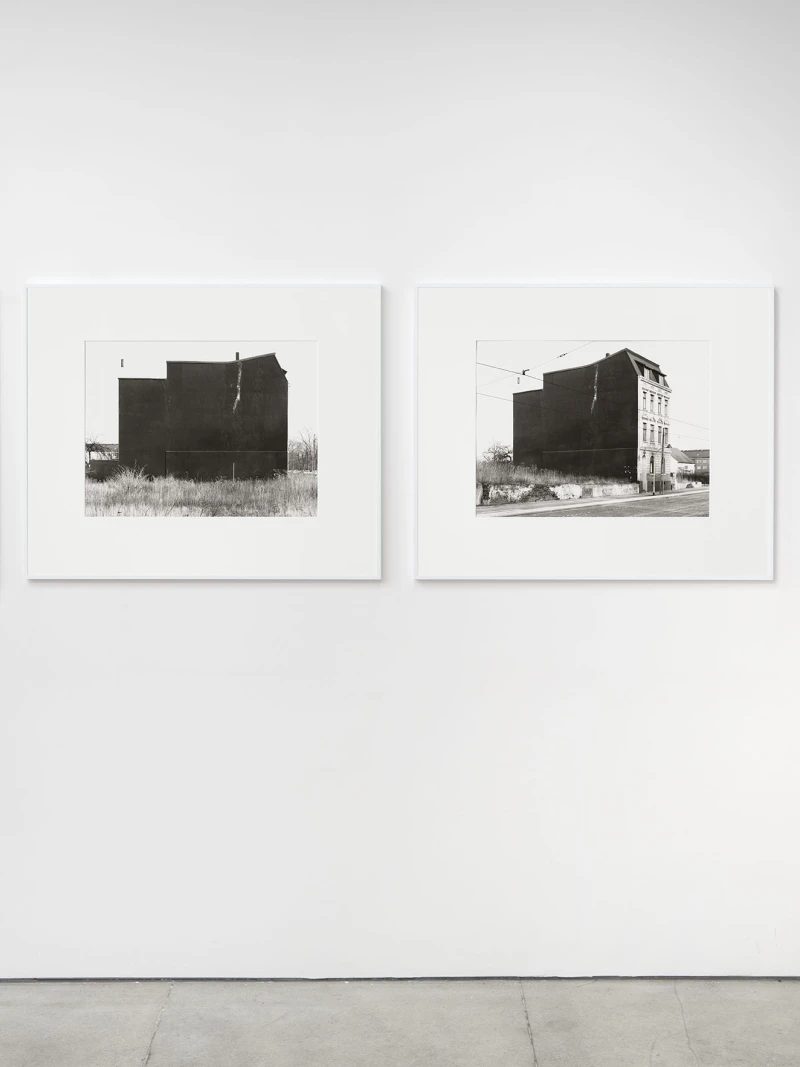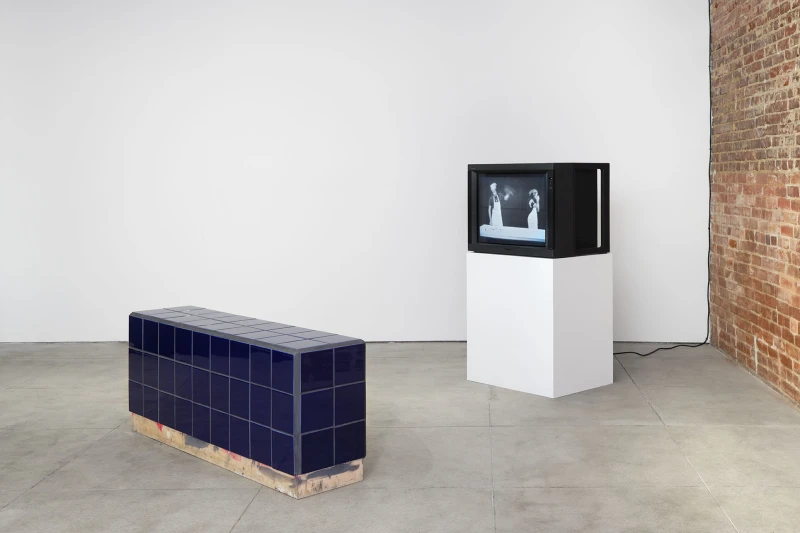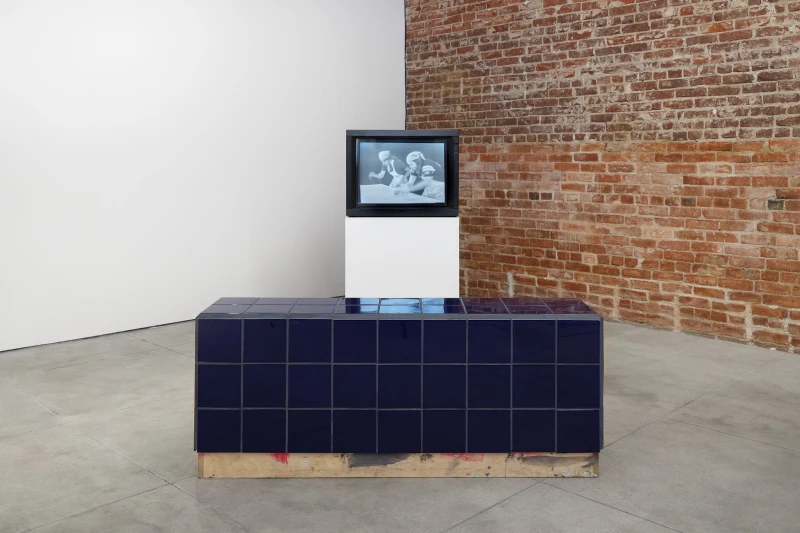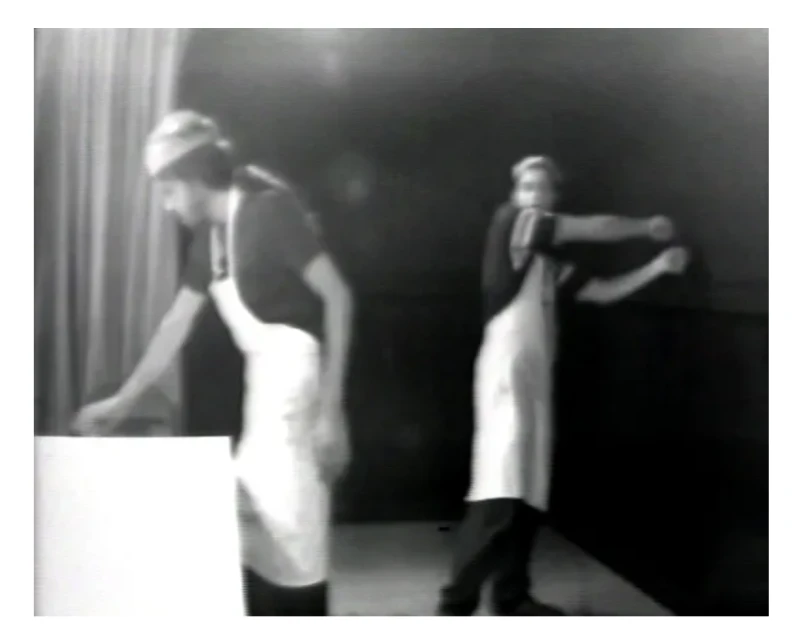BERND & HILLA BECHER
CALLA HENKEL & MAX PITEGOFF
ALLAN SEKULA
September 19 - November 1, 2025
Although I already knew of them and they of me, I first met Calla and Max in Berlin in the summer of 2012 when I walked into their space Times Bar. I had just ended a project space in the West Village that was part of a constellation of venues of that moment in New York around which people showed art and drank and slept together. And I was deeply curious to see Times Bar, which I knew was serving a similar need in Berlin, and had already garnered a mythic aura through channels of early social media.
Earlier that same summer I had seen images of a show they had just opened at T293 in Naples of photos taken in Athens and performatively installed by Joe Kay, Calla’s future ex-husband and Matthew Lutz-Kinoy, Max’s future ex-husband. For it, Lutz-Kinoy and Kay dipped their hands in white paint and while following a script to install the works had left prints on their sides as a sort of visual record of their hanging with everyone playing a role; artists, dealer, art handler, lover, etc. Those works, still among my personal favorites, were to become a sort of index to all of their subsequent projects – extracting physical objects, mostly photos, through a milieu of performance, work and love, embedding them with a realness that feels rare nowadays.
For the show here at OKEY DOKEY KONRAD FISCHER, the duo is showing a selection of headshots they’ve taken of actors who have performed at their current project, New Theater Hollywood, a fully operational theater that provides a physical space around which a community can form, in addition to being a creative outlet, and perhaps lastly (but importantly), a source for their art works. Max and Calla’s practice of shooting headshots satisfies a need: first as images for the theater’s playbill, and later as an archive of who was present on stage.
Calla writes of the works:
We must all decide how we are represented professionally – but images of actors are more slippery. We do not know if we are looking at the actor performing her ‘real’ self, her ‘professional’ self, or a character. The actor may be in the greenroom, but in a headshot, they are never off-duty. These images are tools of the mirage factory. In combination they become casts. Potential groups to inhabit stories. Proposed collectives. Conflicts. Resolutions.
The two other works in the show also critically engage labor and locale. In Allan Sekula’s video, Performance under Working Conditions, 1973 a trio of actors including Sekula himself, perform the roles of pizza parlor employees miming everything one would expect of pizza shop employees except for anything actually needed to make pizza. Much as Calla and Max highlighted the performative roles of art handler, lover, collaborator and creator together in that show in Naples, the normally unnoticed acts that make up life become elevated here, be they grand or mundane, and question where a role or job begins and ends, especially as it relates to who gets paid and how much.
In Bernd and Hilla Becher’s series shown here, we see eight shots of the same building at Sternbuschweg 362 in Duisburg. The works are an early type of image-grouping which the Becher's referred to as an Abwicklung, a complete encircling with the camera of a freestanding structure, a kind of composite headshot of sorts but of a building. There is something almost lurid in this sort of revolving gaze; the building can hide nothing, but it’s the edges which give away the reality of the world, the postwar emptiness of Duisburg and smattering of surrounding trash. Like in the headshots by Calla and Max, it’s the subtle details, the hint of a costume or set, which disclose the truth of the context.
Matt Moravec


